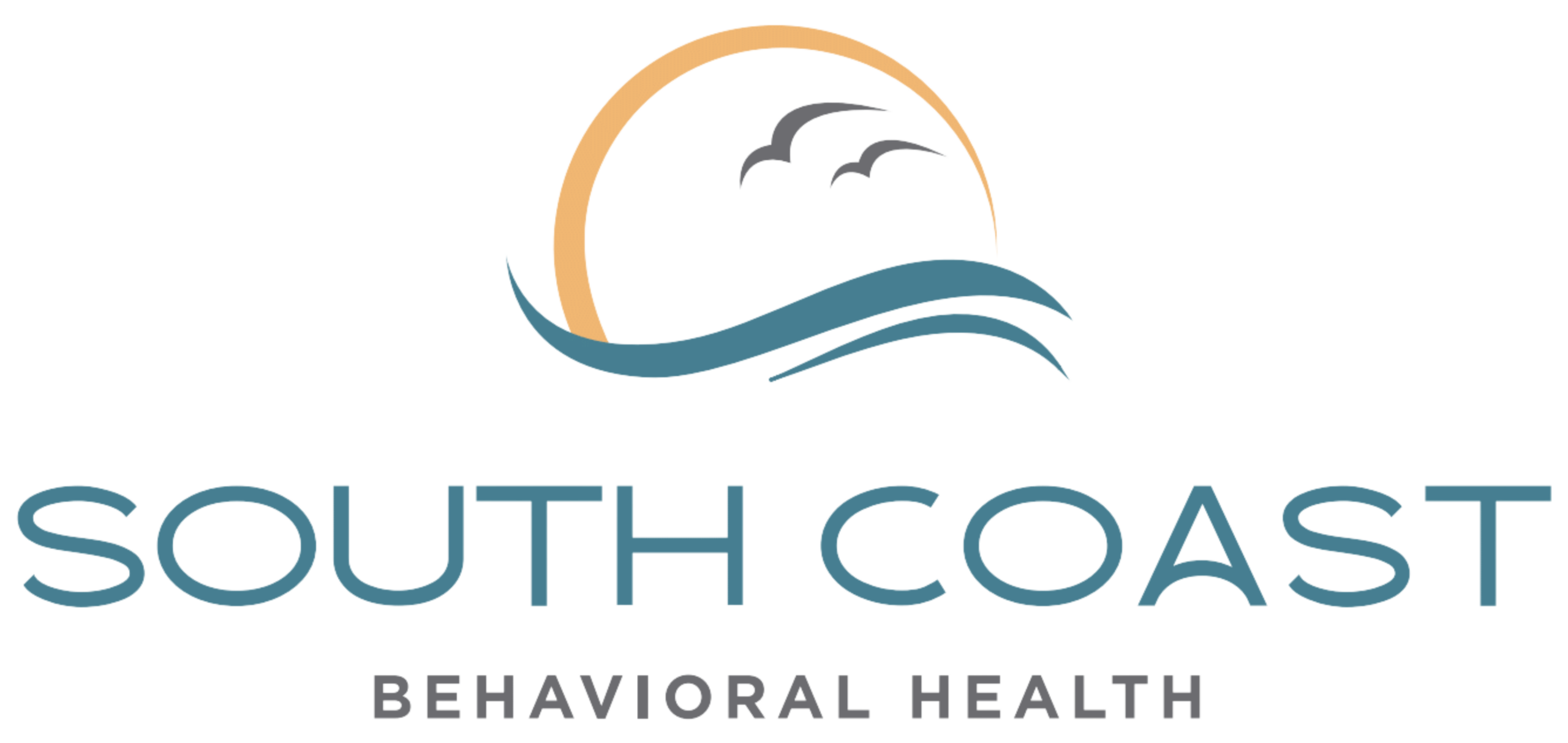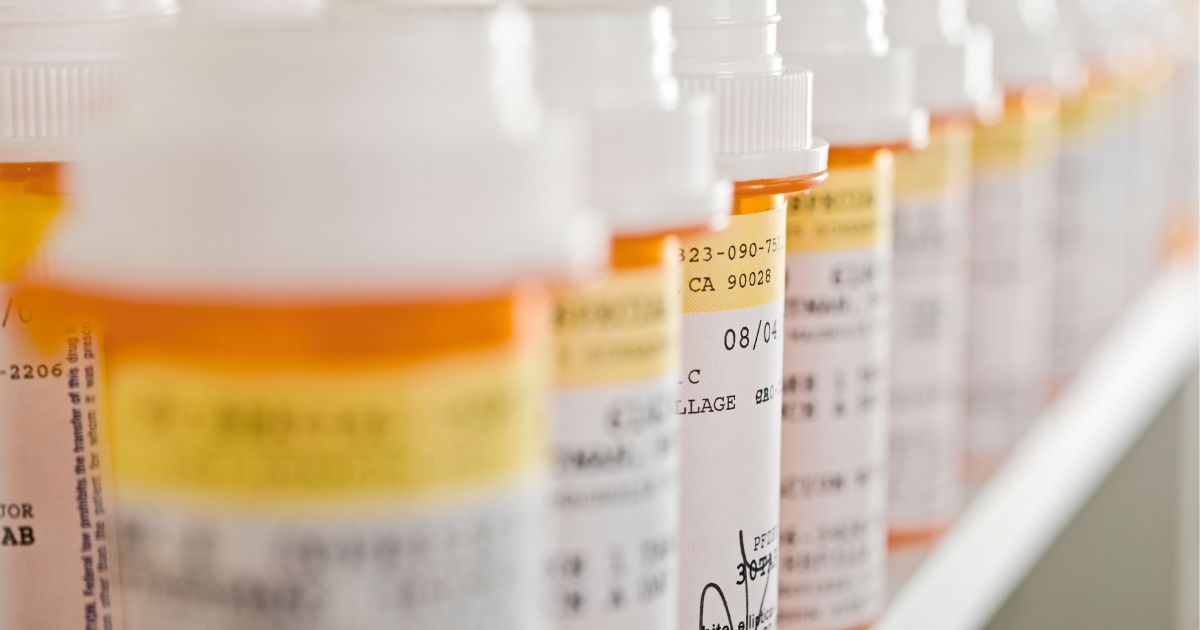Muscle relaxers a widely used prescription medication for pain relief, have become increasingly popular in recent years. However, many people are questioning the addictive potential of these drugs.
In this article, we will explore the question, “Are muscle relaxers addictive?” and discuss various aspects of muscle relaxers, including over-the-counter options, natural alternatives, and the dangers of combining muscle relaxers with alcohol. We’ll also explore addiction treatment options from the team at South Coast Behavioral Health.
What Are Muscle Relaxers?
Muscle relaxers are medications that help alleviate muscle spasms and pain, often prescribed for conditions such as back pain, neck pain, and muscle injuries. They work by blocking the nerve impulses responsible for muscle contractions, providing relief from muscle pain and stiffness.
Some common muscle relaxer brands include:
- Soma (Carisoprodol)
- Flexeril (Cyclobezaprine)
- Robaxin (Methocarbamol)
- Lioresal (Baclofen)
- Zanaflex (Tizanidine)
- Botox (Botulinum toxin)
Muscle relaxer drugs carry with them the potential for dependence, abuse, and addiction. For that reason, some of them, like Soma, are categorized as Schedule IV under the Controlled Substances Act.
What Do Muscle Relaxers Do?
There are two primary categories of muscle relaxers: centrally-acting muscle relaxers and peripherally-acting muscle relaxers.
Centrally-acting muscle relaxers, such as baclofen, cyclobenzaprine, and tizanidine target the central nervous system (CNS). They depress the CNS, inhibiting the transmission of pain signals between the spinal cord and the brain, resulting in a dampened response from the muscles. This reduces muscle contractions and eases tension, providing relief from muscle spasms and pain.
On the other hand, peripherally acting muscle relaxers target the muscles directly. Perhaps the most well-known peripherally-acting muscle relaxer is Botox. Botox, which is based on the botulinum toxin, functions by blocking the release of acetylcholine, a neurotransmitter responsible for stimulating muscle contractions. This prevents the muscle from receiving signals to contract, resulting in muscle relaxation and relief from pain and stiffness.
How Long Do Muscle Relaxers Stay in Your System?
The duration that muscle relaxers stay in your system can vary significantly depending on several factors, such as the specific drug and its dosage, as well as the metabolism, age, weight, and overall health of the user.
Some common muscle relaxers and their approximate half-lives are as follows:
- Soma (Carisoprodol) – Up to 2 hours
- Flexeril (Cyclobezaprine) – 18 hours
- Robaxin (Methocarbamol) – 1 or 2 hours
- Lioresal (Baclofen) – 2 to 6 hours
- Zanaflex (Tizanidine) – 2.5 hours
Keep in mind that these half-lives are approximate and can vary among individuals. Typically, it takes around 5 half-lives for a drug to be considered eliminated from the body. However, traces of the drug or its metabolites might still be detectable in blood, urine, or hair tests for a longer period.
Are Muscle Relaxers Addictive?
Like many other drugs, muscle relaxers have a potential for addiction. They can be extremely addictive if misused or taken for extended periods. Although not all muscle relaxers are habit-forming, some have a high potential for abuse due to their sedative and relaxing effects.
In addition, a tolerance can be built up to muscle relaxers fairly quickly, causing the person to chase after those desired effects via higher and higher doses. Long-term use of muscle relaxers can lead to dependence, where the body becomes reliant on the medication to function normally.
When a person stops taking muscle relaxers they may experience withdrawal symptoms.
Muscle relaxer withdrawal symptoms include:
- Anxiety
- Insomnia
- Restlessness
- Irritability
- Tremors
- Muscle discomfort
- Hot and cold flashes
- Sweating
- Nausea
- Vomiting
- Headaches
- Depression
- Mood swings
- Hallucinations
- Seizures
It’s essential to follow the prescribed dosage and duration when using muscle relaxers to minimize the risk of addiction.
Mixing Muscle Relaxers and Alcohol
Mixing drugs and alcohol is not smart. Taking muscle relaxers and alcohol together is generally not a good idea, either. Both substances have sedative effects, meaning combining them amplifies the depressant effects of each. This can greatly increase a person’s chances of respiratory depression, unconsciousness, or even death via overdose.
Taking muscle relaxers with alcohol is an example of what is referred to medically as polysubstance use.
Polysubstance use is the simultaneous use of multiple substances. For most people, this means mixing drugs with alcohol to achieve a greater high. The health risks of polysubstance can be significant, including increased potential for addiction, dangerous drug interactions, and overdose.
Polysubstance use also complicates the process of diagnosis and treatment. The combined effects of multiple substances can make it challenging to determine the specific substance responsible for an individual’s symptoms or to develop an appropriate treatment plan.
It is important to follow your healthcare provider’s instructions when taking muscle relaxers and to be mindful of their potential for addiction. If you are concerned about addiction or experiencing symptoms of dependence, reach out to your healthcare provider for support and resources.
Finding Help for Substance Abuse
If you or someone you know is struggling with addiction to muscle relaxers, South Coast Behavioral Health is here to help. We offer comprehensive care and support to help individuals overcome addiction and regain control of their lives.
We offer medical drug detox programs overseen by addiction specialists trained in helping you detox from muscle relaxer abuse. Once detox is complete, our treatment center offers drug and alcohol treatment programs that include behavioral therapy depending on your needs. This treatment provides a foundation for a brighter future. We also offer sober living options, dual diagnosis, and holistic therapy in our Orange County, CA addiction recovery centers.
These include:
- Residential inpatient rehab and treatment in Costa Mesa, Irvine, and Huntington Beach
- Partial hospitalization in Newport Beach
- Intensive outpatient treatment in Newport Beach
The first step to recovery is admitting the need for help with physical dependence on skeletal muscle relaxants and reaching out to a professional at a treatment facility who can help. We are ready to take your call – day or night – and answer any questions or doubts you may have. Call us at 866-881-1184 to talk to one of our addiction specialists or verify insurance coverage and learn more about paying for treatment and the admissions process. All calls are confidential. You can stop abusing muscle relaxers, our drug addiction programs can help.
- Cyclobenzaprine pharmacokinetics, including the effects of age, gender, and hepatic insufficiency – PubMed (nih.gov)
- Carisoprodol – StatPearls – NCBI Bookshelf (nih.gov)
- Baclofen – StatPearls – NCBI Bookshelf (nih.gov)
- Zanaflex (Tizanidine): Uses, Dosage, Side Effects, Interactions, Warning (rxlist.com)
- BOTULINUM TOXIN – PMC (nih.gov)
























